The Issue with Jellyfish, 2018
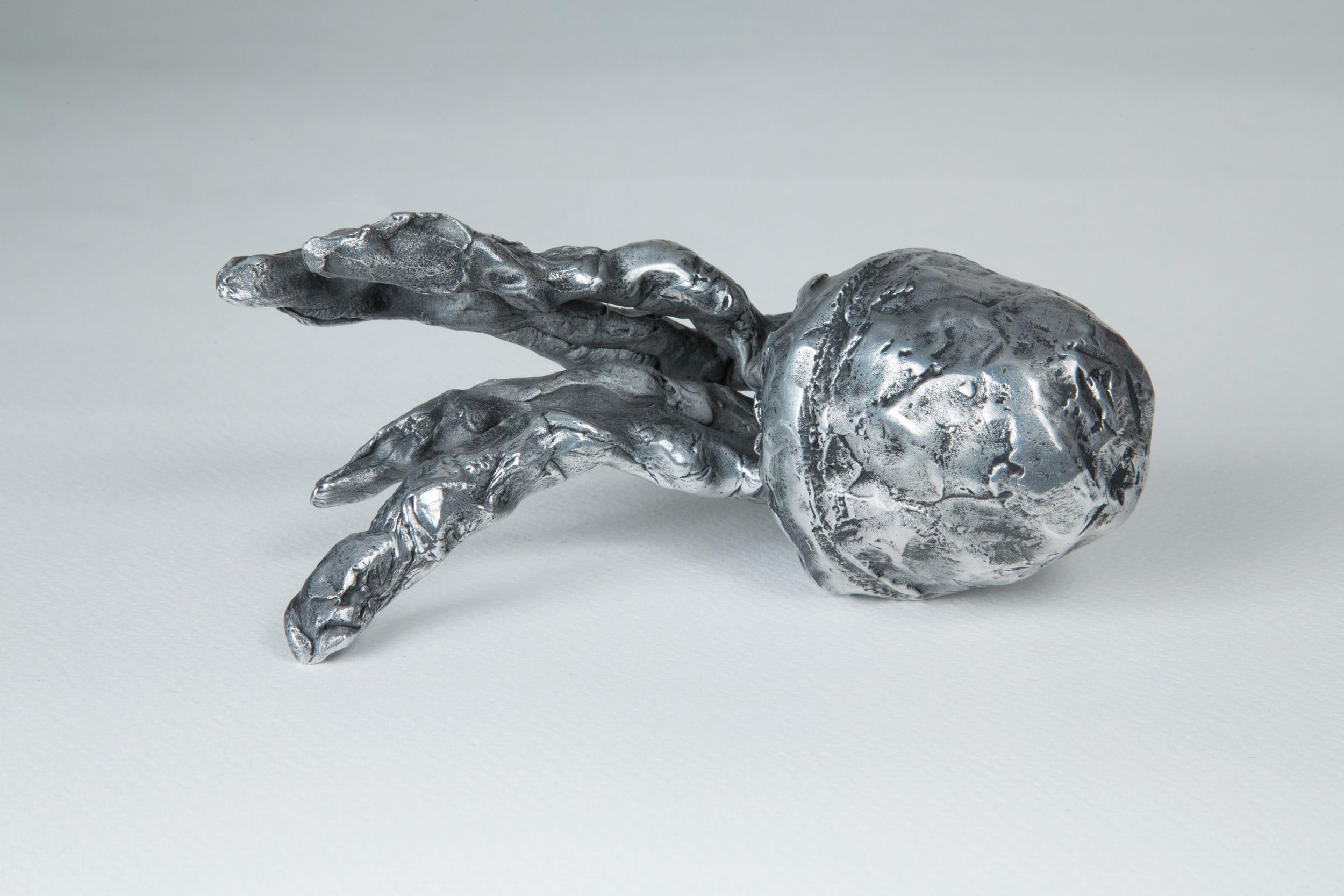


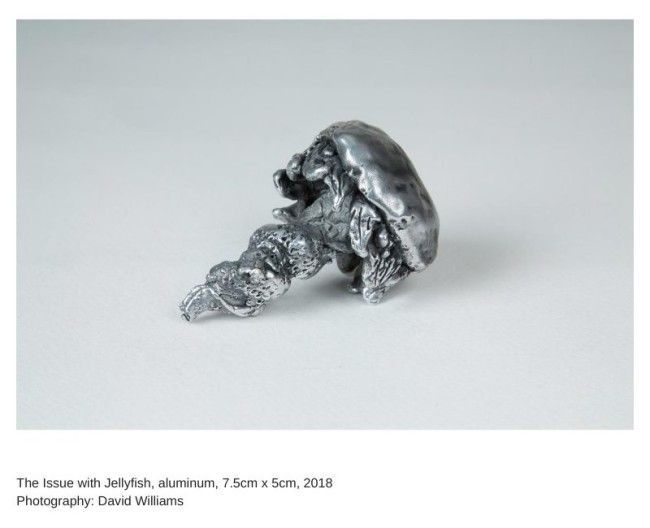
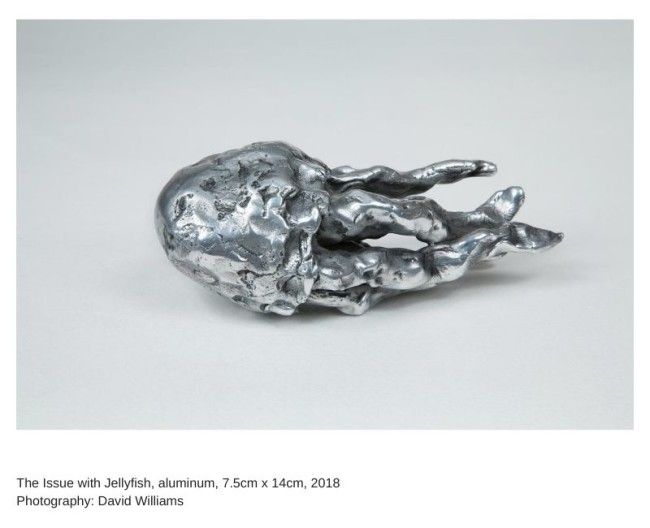
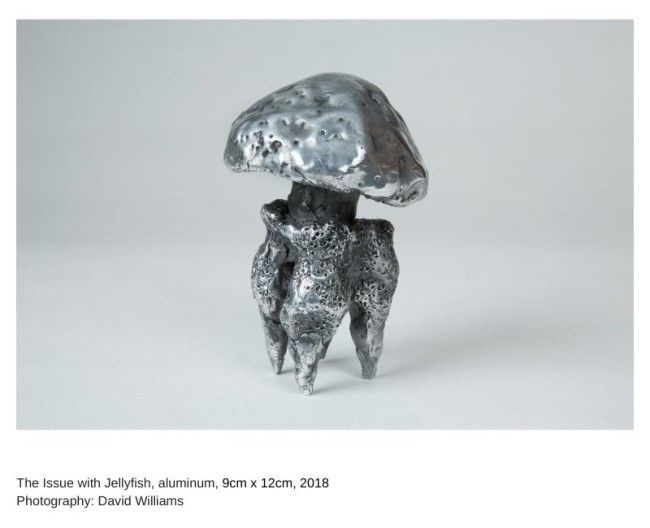

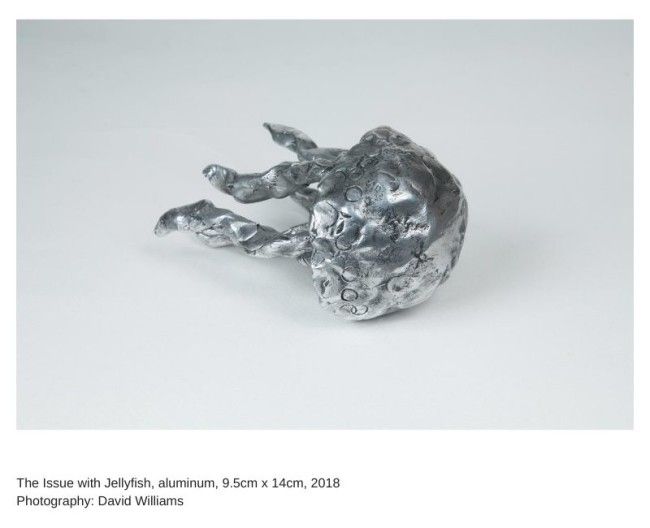
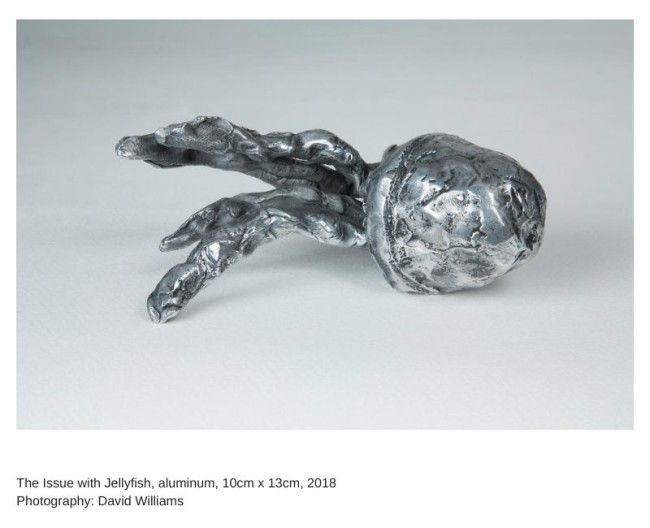
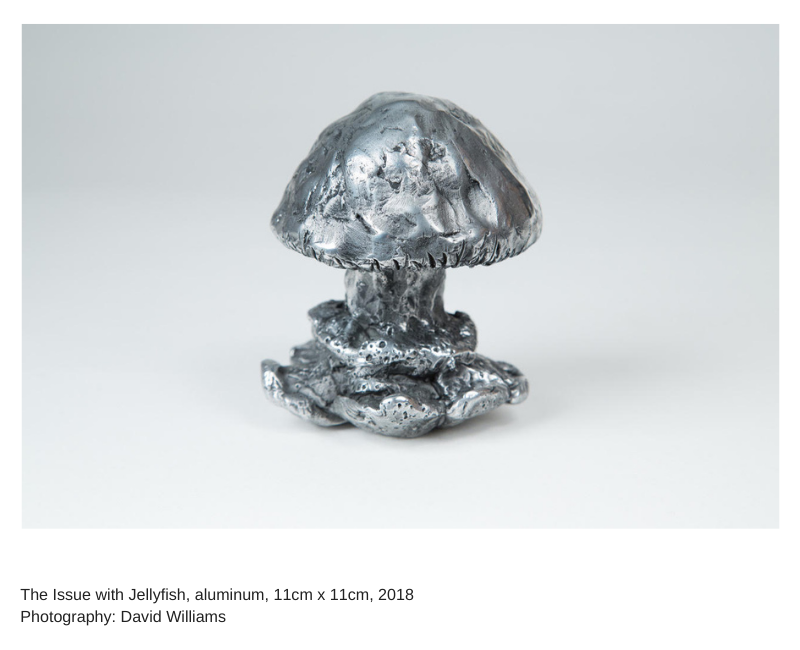
Jellyfish are deceptive They are beautiful and yet dangerous, as, depending on the type of jellyfish, their stings can injure or even kill their victims. In aquariums, they are often lit up in blues and pinks which show off their undulating movement and give them a fairy-land type of aura. Some jellyfish can live on sunlight alone; others are anaerobic and can thrive in the absence of oxygen, which can help them to survive when conditions inhibit the survival of other species of marine animals. When injured or already mature, one jellyfish, turritopsis dohrnii, can revert back to a juvenile polyp by retracting its tentacles, shrinking its body and falling back to the ocean floor to start the cycle of life over again. Thus it never really dies.
Our planet is undergoing a warming trend, caused by human initiatives, that is proving to be destructive of life in our Arctic and Antarctic seas. Many marine animals simply cannot adapt to warmer water. Marine invertebrates will also die out due to the acidification of the oceans caused by high amounts of atmospheric carbon dioxide absorbed into the water. Direct results of human industrial activity, high amounts of carbon dioxide dissolved in the sea water produce lower levels of carbonates such as aragonite and calcite, which are necessary building blocks in the skeletons or shells of many marine animals. Krill, which stand at the bottom of the food chain, may not survive. With their disappearance, many animals from birds to fish to whales, will not find food. The whole food chain will be adversely affected. Jellyfish are the one invertebrate that may survive, as they have no shells or skeletons that require calcium carbonate as a building material. If humankind continues to pursue activities adverse to ocean ecology, the seas may hold a plethora of jellyfish, and jellyfish only.
I have been fascinated by jellyfish for many years. Now, with the increasing possibility of their survival when other marine animals cannot, I have been studying them more deeply. I have drawn them and sculpted them in an attempt to understand them more fully. They have a fascinating, treacherous beauty. They unfortunately hold a centre-stage presence in the continuing decline of marine life as we witness its downward spiral in our oceans
THE ISSUE WITH JELLYFISH INCLUDED IN SCULPTURE 2021
John B. Aird Gallery's first juried online exhibition + art book featuring ‘contemporary sculpture’.